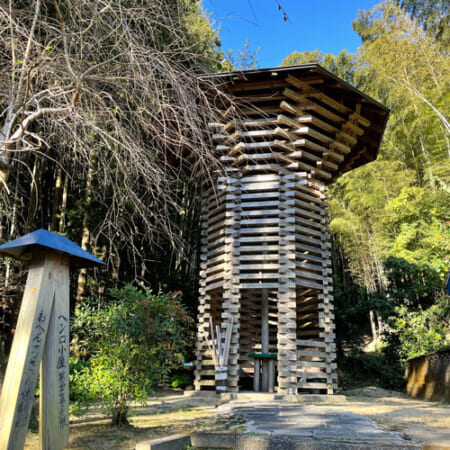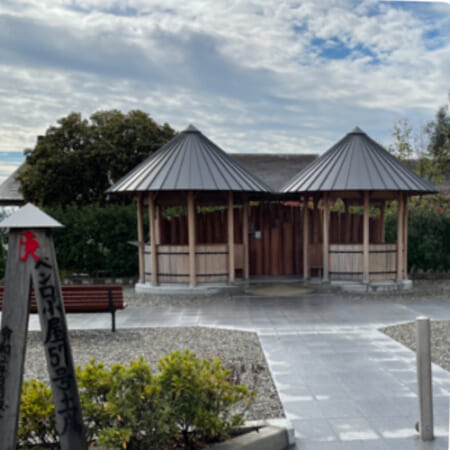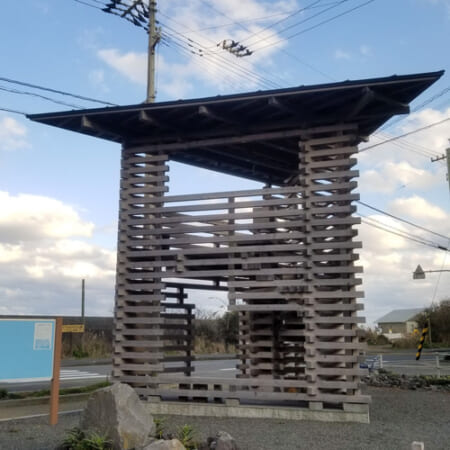Restrooms & Rest Areas
Restrooms
In Japan, restrooms are called “toire トイレ” or “otearai お手洗い.” Bathing facilities are called “furo 風呂” to distinguish them from “toire.” There are two types of toilets: western-style and Japanese-style. With the spread of Western-style toilets, Japanese-style toilets are rarely seen in private homes today, but they are still found in public restroom facilities and old buildings.
You can find public restrooms at temples, train stations, convenience stores, supermarkets, city and town halls, and parks. In case of emergency, ask locals for help. Some restrooms at train stations are located on the station premises, but staff will let you use them if you ask.
Please refer to the course map on this website and the Shikoku Japan 88 Course Guide for information on restrooms along the Shikoku Pilgrimage course.
Roadside Stations (Michi no Eki)
These are roadside rest facilities maintained by the government. You can find free parking, restrooms, telephones, vending machines, and sometimes a tourist information center, restaurant, farmers’ market, snack corner, souvenir store, hot spring facilities, and local museum. Hours of operation are usually from 9:00 a.m. to 5:00 p.m., but restrooms and rest areas are open 24 hours a day. There are 90 roadside stations in Shikoku (as of July 2023). Please check the locations using the course map on this website or the “Shikoku Japan 88 Course Guide.”
Michi no Eki Shikoku District Official Portal Site (Japanese only) https://www.sk-michinoeki.jp/
Pilgrim Rest Hut
These are huts built for pilgrims to rest. There are various types, ranging from simple structures with only a roof and bench to those equipped with a power source, toilet, and running water. There are many pilgrim rest huts and rest spots along the pilgrimage course; there are 250 listed in the “Shikoku Japan 88 Course Guide” alone.
Pilgrim rest huts built by the Shikoku 88 Henro Hut Project amuse visitors with their unique design. Designed by architect Kazuhiro Uta, the project was funded by local donations and volunteer labor. Currently, 58 buildings have been completed, each with a distinctive design.
The pilgrim rest huts are maintained by local volunteers as part of osettai hospitality for pilgrims. Please follow the rules for their use.
Association to Support the Shikoku 88 Henro Hut Project (Japanese only) http://www.henrogoya.com/index.html



